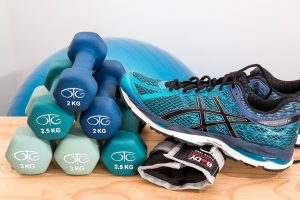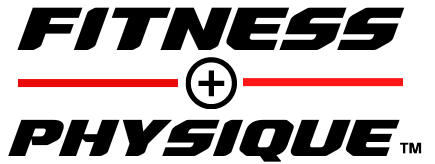Losing Weight and Everyday Exercise
Weight loss is a goal that requires both a disciplined dietary approach and exercise, among other factors, to achieve and excel. How much exercise is needed every day to achieve your weight loss goal is a common question and not one that generally has a clear answer.
Unfortunately, there is not a magic number of minutes, reps or hours needed to lose weight, rather there are a number of variables that need to be considered in order to figure out the right number.
We’ll examine the different variables that come into play when trying to determine how much exercise is needed to give you a roadmap to determining the exercise time-frame that works best for you.
Variable 1: Calories Consumed and Calorie Quality
The first principle of weight loss is that to lose weight we must achieve a caloric deficit or expend more calories than we are consuming. Thus, in order to know the amount of exercise needed to lose weight, we need to know what our daily caloric intake is, and just as importantly, what the sources are for those calories (for example, vegetables versus potato chips).
To this point, if you operate on a low-calorie diet generally speaking, it would take less exercise to lose weight and you may be fine with a moderate 3-4 day a week training plan. Conversely, if you eat excessive amounts or use tons of supplements, you’ll need to up your exercise plan and really push to get back into the caloric deficit mode.
Variable 2: Exercise Type and Intensity 
The second key variable is the type of exercise, and more specifically the intensity. 20 minutes on the elliptical has a far different energy output than 20 minutes of all out sprinting. This variable can also dovetail with our first variable, in that the greater the number of calories consumed, the more energy we may have for high intensity exercise, whereas if we aren’t consuming too many calories, we may not need to exercise for an especially long time or at a high intensity per se.’
In general, exercise modalities that are more aerobic will require a longer time to see any sort of effective impact on weight loss. Jogging, biking, the elliptical or other options would all require a significant amount of time, potentially hours over the course of a week, to see a meaningful impact.
Conversely, anaerobic activities such as sprinting, resistance training or interval training methods will be more effective in a short amount of time, yet their intensity level is much higher and thus they have a certain level of per-requisite fitness to achieve their full potential and results.
Variable 3: What is the Weight Loss Goal? How much time do we have to achieve it?
The third variable is arguably the most important, what is the weight loss goal? Much like our car ride or travel plans are determined by our destination, our exercise plan and weight loss journey will be dictated by the goal we have set.
If the goal is to lose 5 pounds in two months, that is a fairly modest and achievable goal for most and would not require much additional exercise. If you were a sedentary person prior to your goal you would only need to exercise 20-30 minutes a day for 3-4 days a week to achieve this goal.
Conversely, if you goal is to lose 30 pounds in two months, the equation is radically different, and it would take an extreme amount of exercise, multiple hours every day at high intensity to achieve that same goal.
Putting it All Together: Finding the Right Number
 Now that we have examined the variables, we can think about how to more effectively answer the question of how much exercise we need per day to lose weight. If you have a low caloric intake generally speaking, are planning on utilizing low intensity aerobic exercise and have a modest goal than you might be okay with 30-45 minutes of aerobic exercise a day.
Now that we have examined the variables, we can think about how to more effectively answer the question of how much exercise we need per day to lose weight. If you have a low caloric intake generally speaking, are planning on utilizing low intensity aerobic exercise and have a modest goal than you might be okay with 30-45 minutes of aerobic exercise a day.
However, if you love to eat, love to lift weights and also have an ambitious goal for weight loss, you’re going to have to spend hours per day working out to reach those goals.
The ultimate recommendation would be to accurately assess your starting point as compared to your goal, look at how much time you have to reach that goal, and then make a plan accordingly to reach it rather than rely on a standard number or cookie-cutter approach that doesn’t apply to every person.
Be sure to check out all the benefits of becoming a Member of Fat To Fitbody® by CLICKING HERE!

 Previous Post
Previous Post Next Post
Next Post